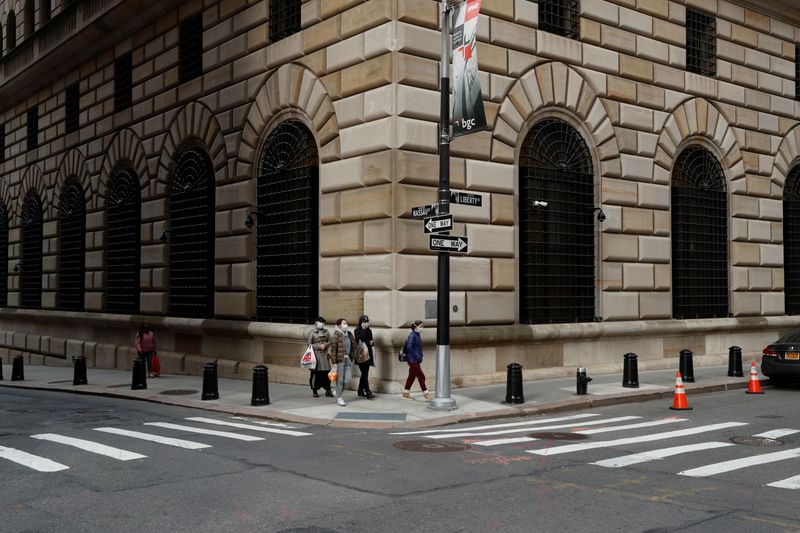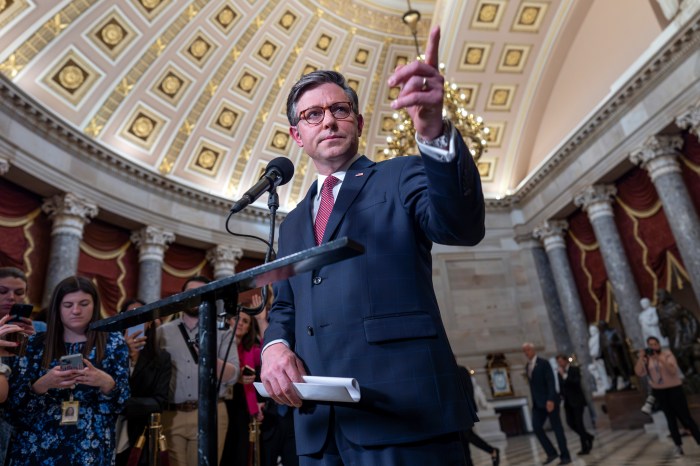By Jonnelle Marte
(Reuters) -The Federal Reserve’s ongoing asset purchases could lead the central bank’s portfolio to grow to $9.0 trillion by the end of 2022, according to projections https://www.newyorkfed.org/medialibrary/media/markets/omo/omo2020-pdf.pdf released by the New York Fed on Monday.
Reserve balances could peak at $6.2 trillion by the end of 2022 and then steadily decline, according to the forecasts, issued as part of an annual report conducted by the markets team at the New York Fed.
The Fed’s portfolio could hold steady through 2025 if proceeds from maturing securities are reinvested. “After that point, the path of the portfolio will depend on choices made regarding the portfolio as the FOMC normalizes the stance of monetary policy,” the report says.
The projections assume that the U.S. central bank will continue buying Treasury securities and mortgage-backed securities at the current pace of $120 billion a month through the end of 2021, before those purchases will slowly decline to zero by the end of 2022. Those assumptions on future asset purchases and interest rates are based on the New York Fed’s surveys of market participants and primary dealers.
The Fed’s balance sheet ballooned last year after the U.S. central bank acted aggressively to support the economy and credit markets by lowering interest rates to near zero levels, launching a suite of emergency lending programs and increasing its monthly asset purchases.
The central bank’s portfolio stood at just under $8 trillion as of last week, the most recent data available, up from about $4.1 trillion at the start of 2020.
Based on a range of potential outcomes, the Fed’s portfolio could either hold steady near $9 trillion until 2030 or fall as low as $6.6 trillion, according to the report.
(Reporting by Jonnelle Marte; Editing by Chizu Nomiyama and Andrea Ricci)



















